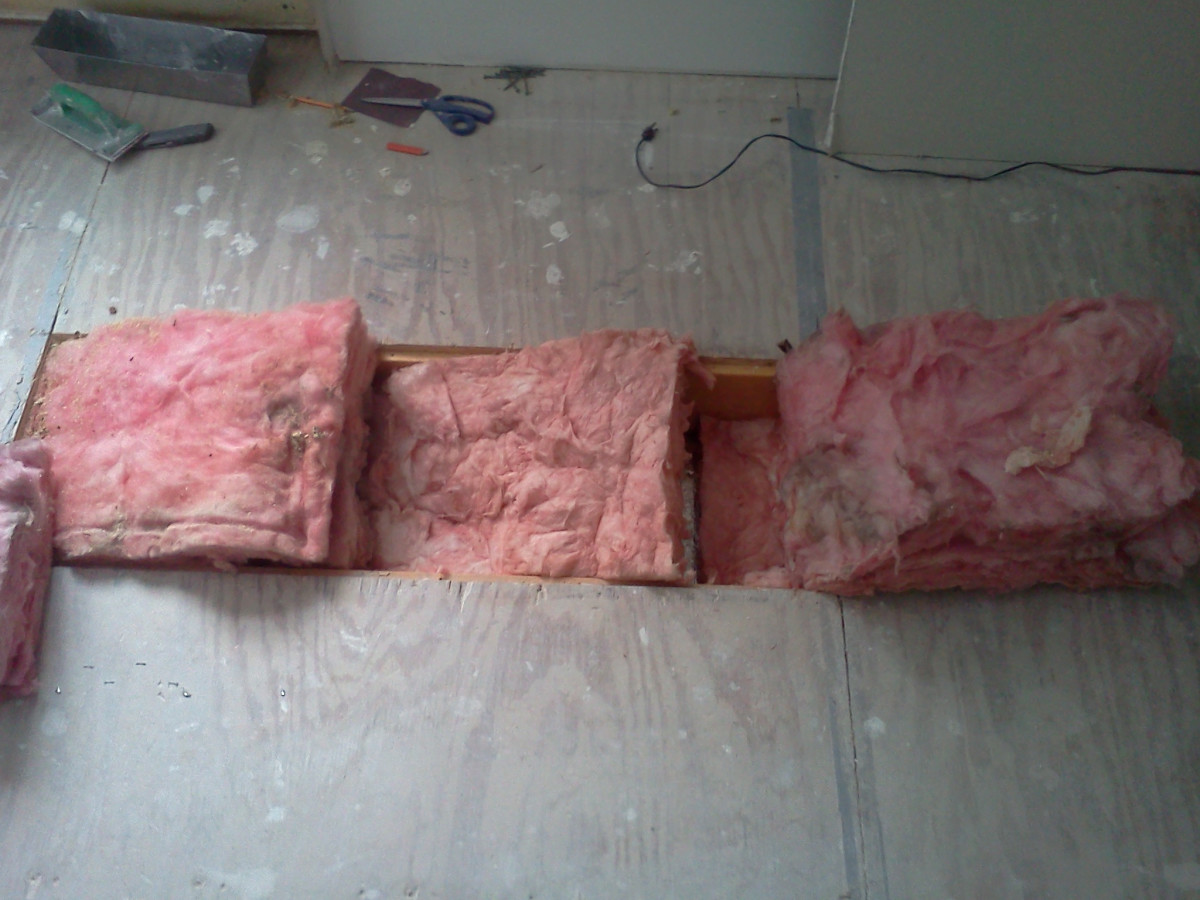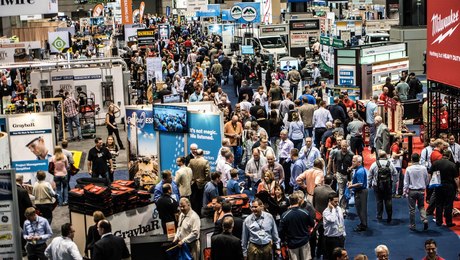
A homeowner discovers condensation in the floor of an addition that is 5 ft. off the ground and wonders what to do about it
Writing to Green Building Advisor’s Q&A forum from central New York, Mr. Mike explains his predicament: Instead of resting on a foundation or slab, an addition to his house is built about 5 ft. off the ground, its floor joists supported by two beams that are, in turn, held up by piers. The arrangement has created a handy storage area beneath the addition, but it’s also exposed the bottom of the floor to the cold temperatures of winter.
As Mike prepares to install strip flooring in the addition, he removes the carpet and cuts two inspection holes in the subfloor–just to see how things look in the joist cavities. He pulls back the fiberglass batts and inspects the layer of rigid foam insulation that has been attached to the bottoms of the joists. There, he finds moisture and condensation.
Where is the moisture coming from? And what’s the best way of dealing with it before he goes to the trouble of installing new strip flooring? Those are two key questions Mike is wrestling with. Further, the flooring manufacturer recommends that Mike put a layer of building felt over the subfloor before installing the new flooring. Won’t that, Mike wondiers, make the problem worse by trapping moisture inside the joist cavities?
Mike’s questions are the focus of this Q&A Spotlight.
.
Fine Homebuilding Recommended Products
Fine Homebuilding receives a commission for items purchased through links on this site, including Amazon Associates and other affiliate advertising programs.

Reliable Crimp Connectors

8067 All-Weather Flashing Tape

Handy Heat Gun



























